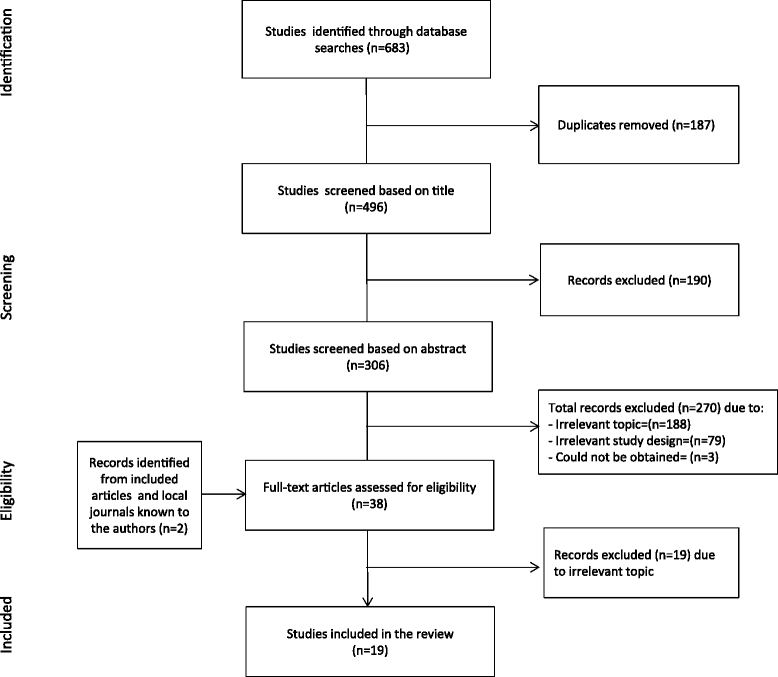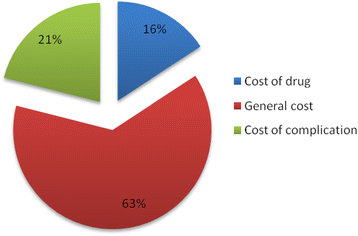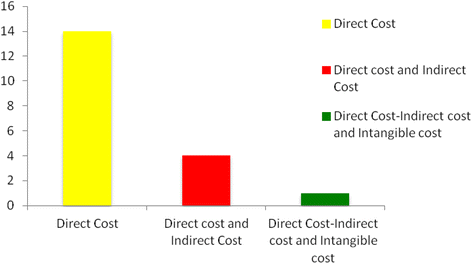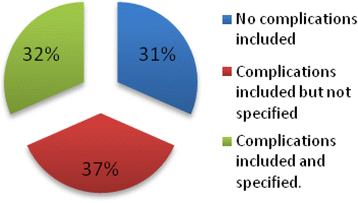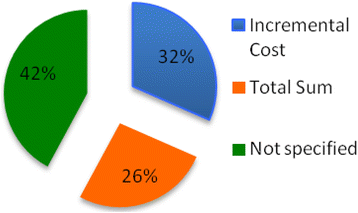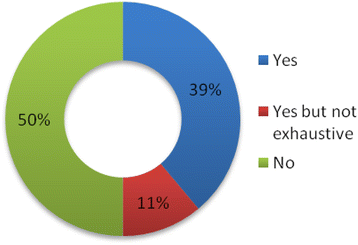The economic burden of diabetes in India: a review of the literature
- PMID: 25443136
- PMCID: PMC4279984
- DOI: 10.1186/s12992-014-0080-x
The economic burden of diabetes in India: a review of the literature
Abstract
Background: Diabetes and its complications are a major cause of morbidity and mortality in India, and the prevalence of type 2 diabetes is on the rise. This calls for an assessment of the economic burden of the disease.
Objective: To conduct a critical review of the literature on cost of illness studies of diabetes and its complications in India.
Methods: A comprehensive literature review addressing the study objective was conducted. An extraction table and a scoring system to assess the quality of the studies reviewed were developed.
Results: A total of nineteen articles from different regions of India met the study inclusion criteria. The third party payer perspective was the most common study design (17 articles) while fewer articles (n =2) reported on costs from a health system or societal perspective. All the articles included direct costs and only a few (n =4) provided estimates for indirect costs based on income loss for patients and carers. Drug costs proved to be a significant cost component in several studies (n =12). While middle and high-income groups had higher expenditure in absolute terms, costs constituted a higher proportion of income for the poor. The economic burden was highest among urban groups. The overall quality of the studies is low due to a number of methodological weaknesses. The most frequent epidemiological approach employed was the prevalence-based one (n =18) while costs were mainly estimated using a bottom up approach (n =15).
Conclusion: The body of literature on the costs of diabetes and its complications in India provides a fragmented picture that has mostly concentrated on the direct costs borne by individuals rather than the healthcare system. There is a need to develop a robust methodology to perform methodologically rigorous and transparent cost of illness studies to inform policy decisions.
Figures
References
-
- International Diabetes Federation: IDF Diabetes Atlas 2014 update.http://www.idf.org/diabetesatlas [Last accessed 16.11.2014]
-
- World Health Organization. India NCD Country Profile 2014. 2014; Available from: http://www.who.int/nmh/countries/ind_en.pdf [Last accessed 14.10.2014]
-
- World Health Organization, Noncommunicable Diseases Country Profiles, World Health Organization. 2014 http://apps.who.int/iris/bitstream/10665/128038/1/9789241507509_eng.pdf [Last accessed 14.10.2014]
Publication types
MeSH terms
LinkOut - more resources
Full Text Sources
Other Literature Sources
Medical
Miscellaneous

